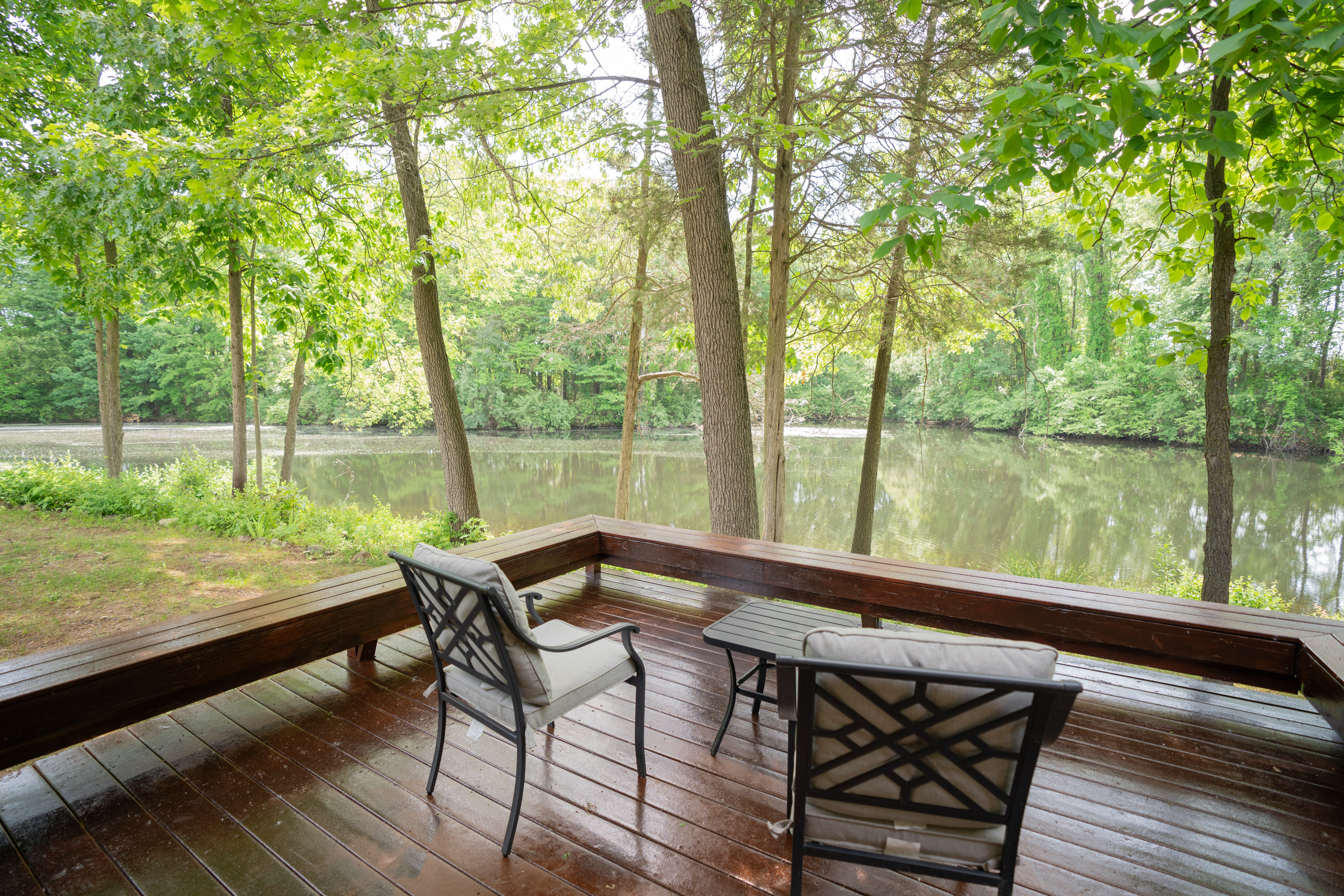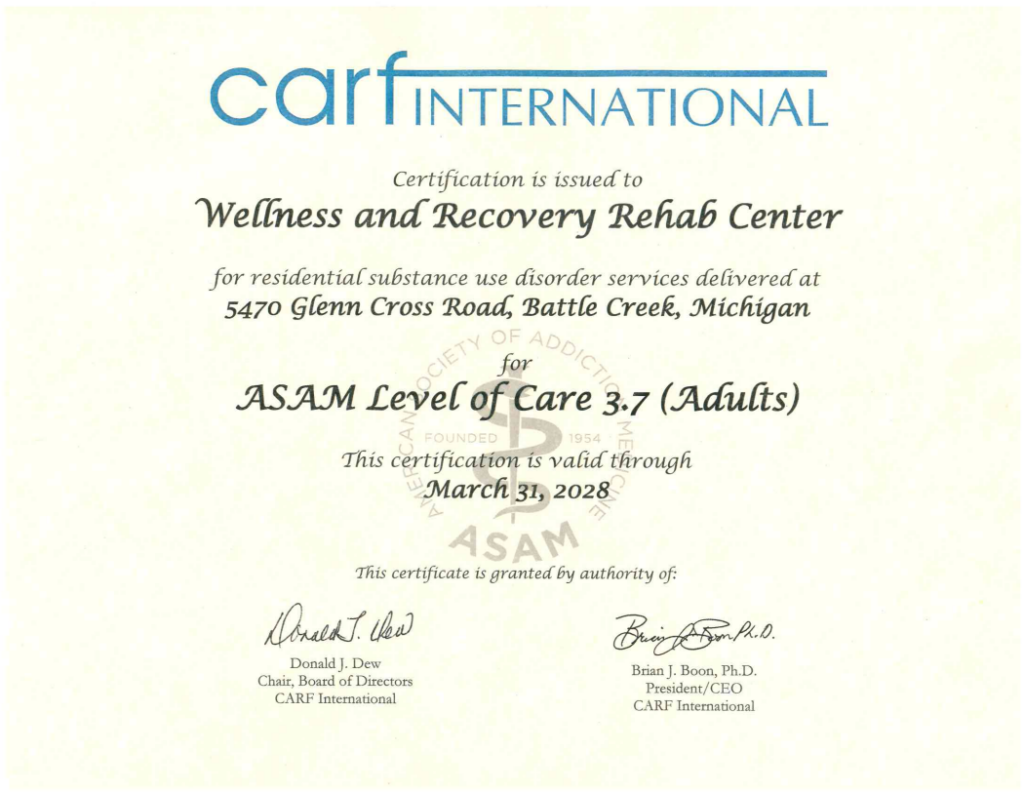The truth is, options exist, and understanding them can make all the difference.
Understanding how much inpatient drug rehab costs can help you navigate your options, plan ahead, and ensure that financial concerns don’t stand in the way of getting the help you need.
Rehab costs vary widely depending on factors like location, level of care, length of stay, and the amenities provided. Prioritizing your health and future isn’t just about dollars and cents—it’s about investing in your health, stability, and life.
We also specialize in dual diagnosis treatment, trauma-informed care, and holistic therapies, providing a personalized path to healing and recovery.
We will work with you and your insurance provider to create a future you love.
When considering the question, “how much does inpatient drug rehab cost?”, it’s important to understand that pricing isn’t one-size-fits-all.
The cost varies based on several factors, including:
Seeking out treatment can feel overwhelming due to the vast variety of options available; however, it is important to take the time to understand what each treatment option can offer and their associated costs.
The following describes different treatment options:
While this may seem like a steep cost, it’s a critical investment in safety and long-term recovery.
In other words, while the upfront cost may be higher, comprehensive care can prevent more costly crises down the road.
For some, these therapies provide essential tools for long-term success, making the additional expense worthwhile.
The longer a person stays in treatment, the greater the cost. Most inpatient programs are structured in 30-day increments, but longer stays often lead to better outcomes.
Extended treatment provides more time to develop coping skills, establish healthier routines, and build a strong foundation for lasting recovery. However, additional weeks or months of care come with increased financial considerations.
The type of rehab facility an individual chooses can also significantly impact cost, but does luxury mean better treatment?
While some treatment centers prioritize affordability and accessibility, others cater to individuals seeking a more private, high-end experience. Understanding these differences can help you choose the best option based on both needs and budget.
When asking the question, “how much does inpatient drug rehab cost?”, it is important to consider the type of facility that would work best for what the individual needs.
Standard facilities focus on providing essential treatment services, such as medical care, therapy, and structured support, without the added features that may be offered in a luxury center. They prioritize clinical effectiveness over luxury, making them a more affordable option.
For many, this is a practical and effective way to receive high-quality treatment without unnecessary expenses.
How much does inpatient drug rehab cost at a luxury healing center? These facilities provide a high-end recovery experience, offering private rooms, gourmet meals, and amenities like spa treatments, fitness centers, and outdoor excursions.
These settings create a more comfortable, exclusive environment, which can be particularly appealing to professionals, executives, and individuals who prioritize privacy.
Private accommodations offer more personal space and comfort but come at a premium cost. Shared rooms, while more affordable, still provide the necessary structure and support for recovery. The choice between the two often depends on personal preference, privacy concerns, and financial considerations.
How much does inpatient drug rehab cost depending on where it’s located? Considering location is crucial when budgeting for addiction treatment.
Below are the options that may be available:
Facilities in metropolitan areas, where the cost of living is higher, often come with steeper price tags. These centers may offer access to more specialized professionals and treatment options, but the added expense can be a barrier for some.
Conversely, rural rehab centers tend to be more affordable, with the added benefit of a quieter, more secluded environment that can be beneficial for healing.
For some, choosing a rehab facility in another state offers a fresh start, free from local triggers and influences. However, this option comes with added costs, including travel expenses, lodging for loved ones who visit, and potential challenges in transitioning back home after treatment.
Ultimately, the right rehab facility isn’t just about cost; it’s about finding a program that aligns with personal needs, treatment goals, and financial realities. Whether it’s a no-frills recovery center or a luxury retreat, investing in the right support system can make all the difference.
For many, the biggest question isn’t just whether they can afford rehab – it’s whether insurance will help cover the cost.
Below are some of the insurance options and how the level of coverage they provide:
Many private insurance plans offer coverage for addiction treatment, but the level of coverage varies. Some plans cover most of the costs, while others may require copays or limit coverage to in-network facilities.
It’s important for individuals to review their policy details to understand what’s included prior to beginning a treatment program.
If someone qualifies for government-funded insurance, they may have options for addiction treatment coverage. Medicaid often provides rehab services, but eligibility and benefits vary by state. Medicare may also cover certain aspects of addiction treatment, especially if deemed medically necessary.
The best way to get clear answers is to reach out directly to the insurance provider or connect with the rehab center’s admissions team. They can help to clarify coverage details, explain potential out-of-pocket expenses, and help to navigate the process of getting the right care.
If you or a loved one is considering inpatient rehab, taking the time to verify benefits can help you focus on what truly matters – getting the support necessary for recovery.
When considering, “how much does inpatient drug rehab cost?”, it’s important to remember that financial barriers shouldn’t prevent anyone from getting the help they need. While the price tag of rehab can seem overwhelming, there are options available to make treatment more accessible.
Just as important, though, is recognizing the long-term financial and emotional costs of not seeking help.
The idea that rehab is out of reach financially is one of the biggest obstacles to treatment, but in reality, many facilities offer ways to ease the financial burden, such as:
If the cost of rehab feels overwhelming, exploring these options can make the difference between getting help now or waiting until things get worse.
Since the cost of rehab can vary widely, here are some of the most common questions about inpatient rehab expenses to help you make informed decisions:
Insurance can cover a significant portion of inpatient rehab, but whether it covers 100% depends on the specific plan. While some insurance providers cover all costs, many require copays, deductibles, or limit coverage to certain facilities.
If you don’t have insurance, there are still ways to access treatment. Many rehab centers offer sliding scale fees based on income, financing plans, or grants to help cover costs. Community organizations and religious groups may also provide assistance, so it’s worth reaching out to local resources for support.
Both inpatient and outpatient treatment have their place, and the best choice depends on the severity of the addiction and personal circumstances.
Inpatient rehab offers 24/7 medical and emotional support, a structured environment, and distance from triggers, making it ideal for individuals with severe SUDs.
Outpatient treatment allows people to maintain daily responsibilities while receiving care, but it may not provide the level of support needed for everyone.
Many inpatient rehab facilities offer financial assistance, scholarships, or payment plans.
If cost is a concern, don’t hesitate to contact the admissions team to ask about available financial aid options. They can guide you through the process and help you find a solution that makes treatment accessible.
Understanding your options is key to making the best decision for yourself or a loved one. While cost is an important factor, remember that investing in recovery can be life-changing – and there are resources available to help make it possible.
So, how much does inpatient drug rehab cost? This will depend on your unique needs, goals, and experiences.
It’s important to know that prices can vary widely based on factors like the type of facility, level of care, and location. At first glance, rehab costs might seem daunting, but many options exist to help ease the financial burden.
No one should have to choose between their health and their finances, as recovery is an investment in your future. At Wellness and Recovery, we’re here to help you navigate the road to recovery—including treatment plans and insurance verification.




